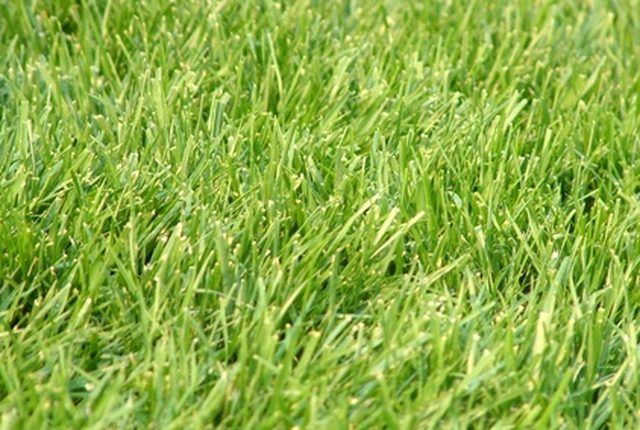Bulbs
Flower Basics
Flower Beds & Specialty Gardens
Flower Garden
Garden Furniture
Garden Gnomes
Garden Seeds
Garden Sheds
Garden Statues
Garden Tools & Supplies
Gardening Basics
Green & Organic
Groundcovers & Vines
Growing Annuals
Growing Basil
Growing Beans
Growing Berries
Growing Blueberries
Growing Cactus
Growing Corn
Growing Cotton
Growing Edibles
Growing Flowers
Growing Garlic
Growing Grapes
Growing Grass
Growing Herbs
Growing Jasmine
Growing Mint
Growing Mushrooms
Orchids
Growing Peanuts
Growing Perennials
Growing Plants
Growing Rosemary
Growing Roses
Growing Strawberries
Growing Sunflowers
Growing Thyme
Growing Tomatoes
Growing Tulips
Growing Vegetables
Herb Basics
Herb Garden
Indoor Growing
Landscaping Basics
Landscaping Patios
Landscaping Plants
Landscaping Shrubs
Landscaping Trees
Landscaping Walks & Pathways
Lawn Basics
Lawn Maintenance
Lawn Mowers
Lawn Ornaments
Lawn Planting
Lawn Tools
Outdoor Growing
Overall Landscape Planning
Pests, Weeds & Problems
Plant Basics
Rock Garden
Rose Garden
Shrubs
Soil
Specialty Gardens
Trees
Vegetable Garden
Yard Maintenance
How to Fix a Yellow Grass Lawn
How to Fix a Yellow Grass Lawn. If your lawn, which should look green, has yellow spots in it, you need to first determine the cause. Some things that cause the yellow spots are animals, changing seasonal temperatures or it may be preparing for dormancy. Warm season grass goes dormant late in the fall. Cool season grass may turn yellow in the...

If your lawn, which should look green, has yellow spots in it, you need to first determine the cause. Some things that cause the yellow spots are animals, changing seasonal temperatures or it may be preparing for dormancy. Warm season grass goes dormant late in the fall. Cool season grass may turn yellow in the summer. It might be insect damage or a chemical burn. You need to determine the cause and then you can start to repair the damage. Before long, your lawn will be beautiful and green again.
Things You'll Need
Water hose
Water
Fertilizer
Bucket
Water the lawn if your area is going through a drought. Your soil may contain too much sand and can't hold onto the moisture content. If this is the case, water deeply early in the morning, once or twice a week. You may have billbugs or cinch bugs feeding on the grass. Deep watering will help take care of the problem.
Test your soil for a nutrient deficiency. If your lawn is short some vital nutrients or if you haven't fertilized in a while, you may need to fertilize the lawn.
Check to see if you had a chemical burn. Did you use too much fertilizer, insecticides or other chemicals on your lawn? Perhaps some drifted over from your neighbor's house. To take care of this problem, water the lawn well. If the areas do not bounce back, then you may need to reseed those areas.
Watch to see if dogs or other animals go to the bathroom in your lawn. Their urine can cause the lawn to turn yellow. Keep a bucket of water handy, and then pour it over the spot where they just went. This will flush the urine away.
Take a sample of your lawn or soil to an extension office. The lawn may have a fungus that will make yellow spots. They can assist you and help you to take care of the problem.
Look over your lawn to see if it lacks sunlight. Do you have too much dead grass, leaves or other debris lying on top of the soil's surface? If this is the cause, dethatch your lawn once every couple of years. You can buy or rent a dethatcher at most garden centers.